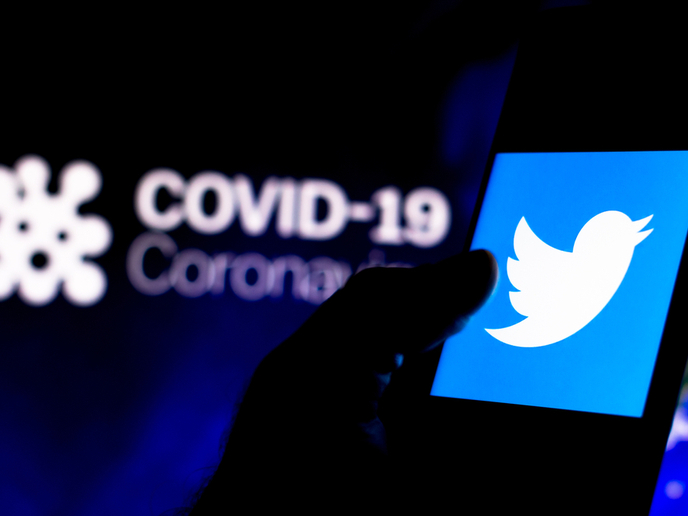Better communication as a tool for boosting trust in science and innovation
Coronavirus, COVID-19, #corona? These terms and hashtags have been widely covered on news outlets, web searches and YouTube since March 2020. But when did the digital phenomenon known as ‘becoming viral’ occur, that is, when did the news and information about the coronavirus pandemic overshadow all other topics? The EU-funded TRESCA project addressed exactly this question. It found that from March onwards, when COVID-19 cases started growing exponentially in countries like Spain and Italy, public attention in various EU countries focused on coronavirus-related topics. “As part of the TRESCA research activities, we watched closely what happened in eight European countries, namely in Austria, France, Germany, Hungary, Italy, Poland, Spain, and The Netherlands, how the lives of people were impacted by COVID-19,” as stated in a blog post(opens in new window) on the project website. “Looking at trends on internet searches between January and May 2020, we can see that only a bunch of people knew about COVID-19 in February 2020. Most of us only became aware of it in March, when the number of cases started growing exponentially in countries such as Italy or Spain. In Italy for instance, media interest in coronavirus was extremely high around 24 February 2020. Similar levels of attention were reached in Spain, France and Germany around 9 March 2020.” The researchers who conducted the study add that the Twitter posts were mostly related to the topics covered in TV shows and entertainment programmes. “Controversies around responses to the COVID-19 pandemic also prompted an increased interest in science communication programs.” As for Spain, the researchers also highlight other trending hashtags. “Besides ‘COVID’ and ‘Madrid’, which was the city in Spain with the highest number of COVID-19 cases, entertainment shows such as ‘#MasterChef’ and shows talking about the pandemic received the most attention.” Meanwhile, in the case of France, “#confinement and #deconfinement measures, in addition [to] coronavirus (#covid), were hot topics,” according to the same study. They add that various local and international figures were also frequently discussed. “The hashtag #Trump in fact appears in many of the Twitter-sphere of many of the countries TRESCA analysed.”
Similarities and differences
The researchers note that according to their analysis, between mid-March and mid-May there were “many similarities and some differences between the Twitter-sphere of the countries TRESCA analysed. COVID-19 was clearly a hot and much discussed topic in all eight of the examined countries, to the point that it was not just discussed in and by news and governmental channels but covered by more generalistic and entertainment channels as well.” They add that considering “how fast fake news and misinformation can be spread via social media and communication tools such as WhatsApp … TRESCA will next look at the relevant factors that [shape] the public’s perception of science communication.” The TRESCA (Trustworthy, Reliable and Engaging Scientific Communication Approaches) project, which will run until April 2022, “aims to develop trust in science through the innovation of communication practices of scientific researchers, journalists and policy makers,” as explained on the project website(opens in new window). “Three key societal developments are at the heart of TRESCA: misinformation and digital safety, environmental health, and automation and the future of skills and work.” For more information, please see: TRESCA project website(opens in new window)



